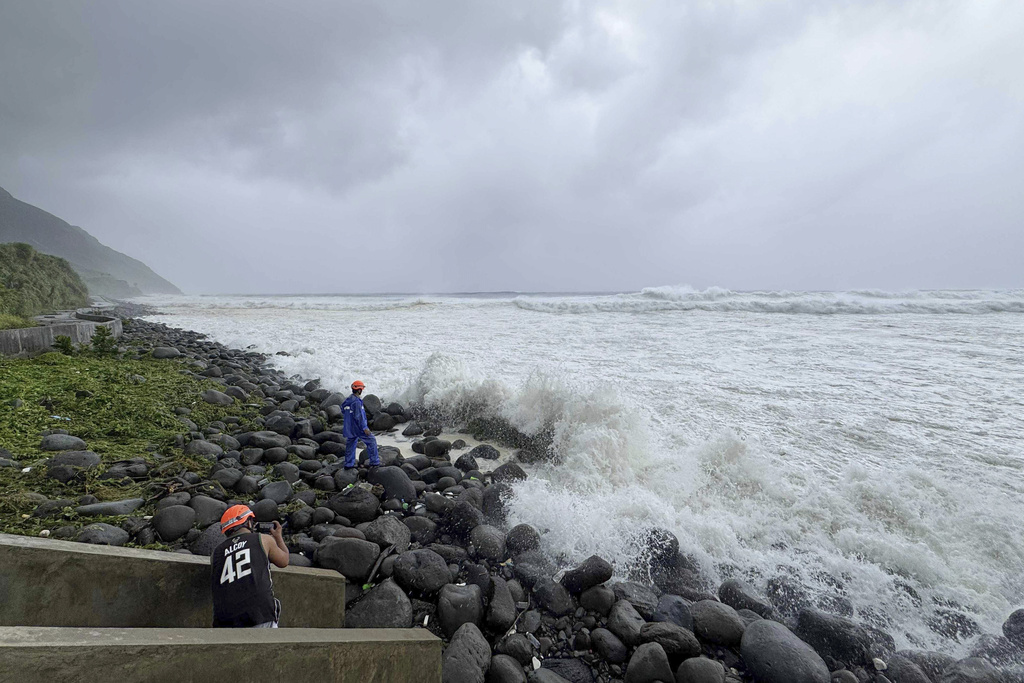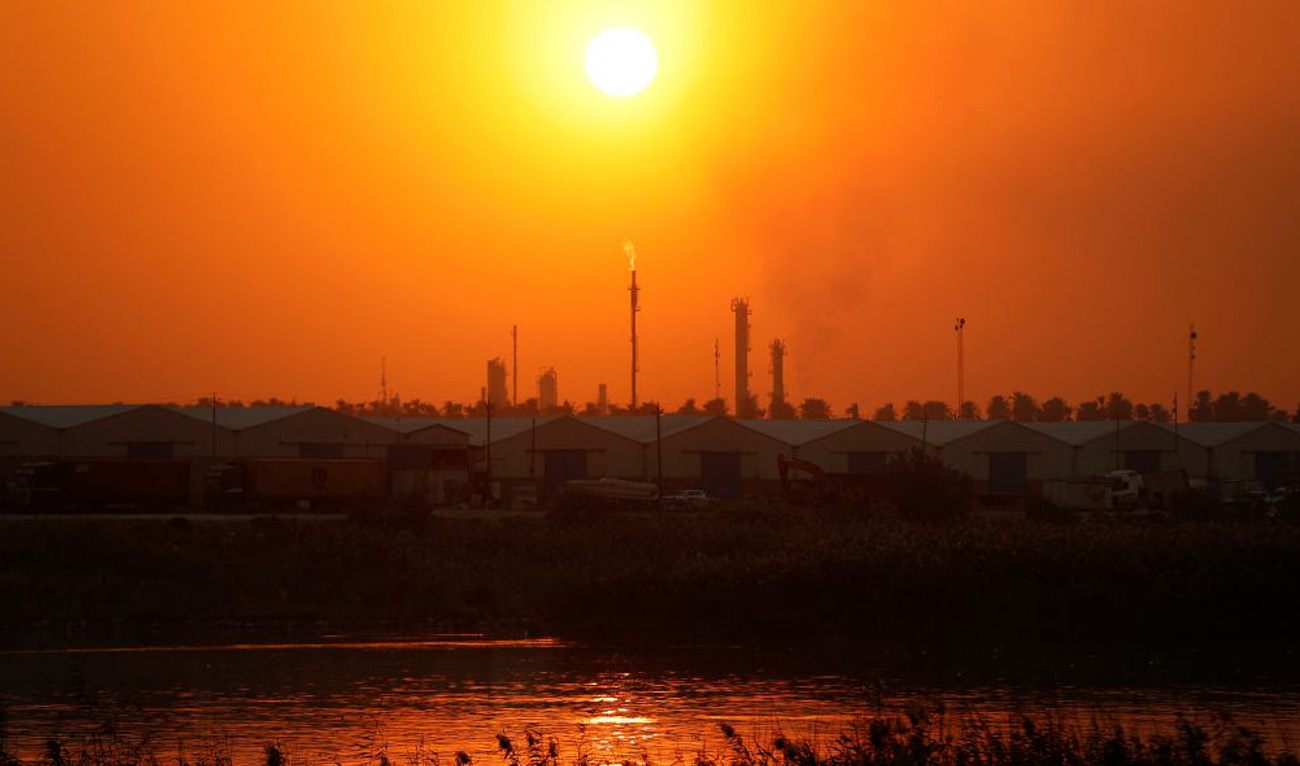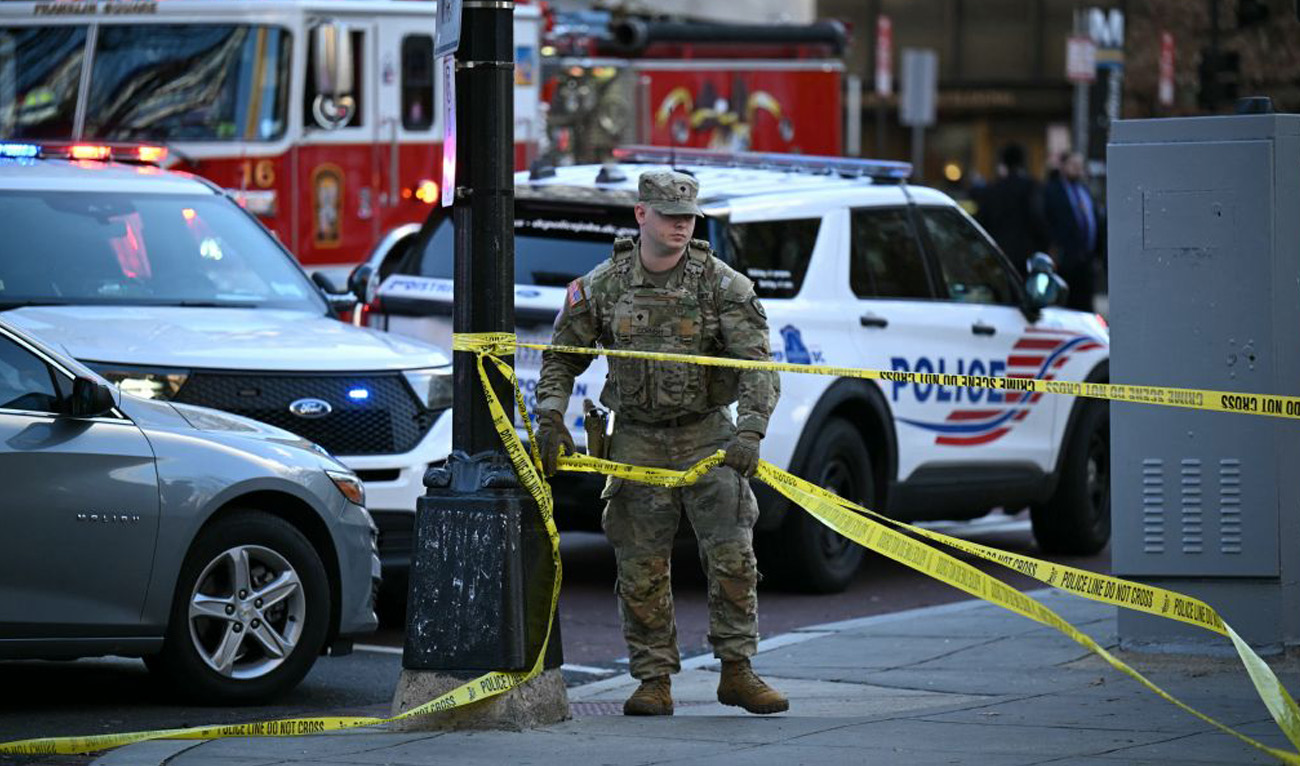ISLAMABAD: Hong Kong International Airport is set to suspend all passenger flights for 36 hours as the region braces for Super Typhoon Ragasa, a powerful storm that has already forced the evacuation of over 10,000 people in the Philippines and is rapidly gaining strength as it approaches southern China.
According to Bloomberg News, citing sources familiar with the situation, Hong Kong’s airport will halt all passenger flights from 6 p.m. Tuesday to 6 a.m. Thursday local time. The Airport Authority Hong Kong confirmed ongoing monitoring of the storm and said preparations were underway to manage the potential impact.
The Hong Kong Observatory is expected to issue its first precautionary storm signal around noon, with an official announcement anticipated later on Monday. The Civil Aviation Department has not yet commented.
500 flights cancelled
Meanwhile, Hong Kong-based airline Cathay Pacific said it expected to cancel more than 500 flights as Super Typhoon Ragasa was forecast to hit the Chinese financial hub.
"Starting at 6 p.m. tomorrow, September 23, Cathay Pacific's passenger flights arriving at and departing from Hong Kong International Airport will cease operations until resuming during daytime hours on Thursday," a spokeswoman for the airline said at a Monday press conference.
Philippines braces for landfall
Meanwhile, in the Philippines, Ragasa began lashing the country’s far north with gale-force winds and heavy rain early Monday, forcing mass evacuations and the closure of schools and government offices across Metro Manila and 29 provinces.
More than 10,000 people have taken shelter in schools and evacuation centres, as the typhoon tracks westward toward the Babuyan Islands, where it is expected to make landfall by midday.
As of 11:00 a.m. (0300 GMT), Ragasa was packing maximum sustained winds of 215 kilometers (133.6 miles) per hour, with gusts up to 265 kph (164.6 mph), according to the national weather service. The sparsely populated Babuyans lie roughly 740 kilometers (460 miles) south of Taiwan, where evacuations are also underway in mountainous areas prone to landslides.
“I woke up because of the strong wind. It was hitting the windows, and it sounded like a machine that was switched on,” said Tirso Tugagao, a resident of Aparri in Cagayan province. “High waves are crashing onto the shore. I pray everyone will be safe.”
Cagayan disaster chief Rueli Rapsing told AFP his team was “prepared for the worst.” President Ferdinand Marcos said he was closely monitoring the situation and had placed all government agencies on alert to assist where needed.
Taiwan, Hong Kong brace for storm's reach
In Taiwan, the Central Weather Administration warned of “extremely torrential rain” in the island’s east. The storm has a massive radius of 320 kilometers (199 miles), meaning its outer bands are already affecting parts of the country despite the typhoon’s center still being some distance away.
James Wu, a local fire officer in Pingtung, said evacuations were in progress in vulnerable areas. “What worries us more is that the damage could be similar to Typhoon Koinu two years ago,” he added, referencing a storm that brought down utility poles and ripped off rooftops.
In Hong Kong, preparations are being made for potential weather disruptions. While the city has dealt with powerful storms in the past, Super Typhoon Ragasa’s trajectory and wind field have prompted the rare preemptive suspension of air traffic — a measure expected to affect thousands of travelers.
A region under storm siege
In the Philippines, weather specialist John Grender Almario warned of “severe flooding and landslides” in northern Luzon. The threat comes just days after public protests over alleged corruption in flood control projects.
The Philippines, located along the Pacific cyclone belt, experiences around 20 typhoons each year. Experts warn that such storms are becoming increasingly intense due to human-driven climate change.
With input from wires.


.jpg)



.jpg)

